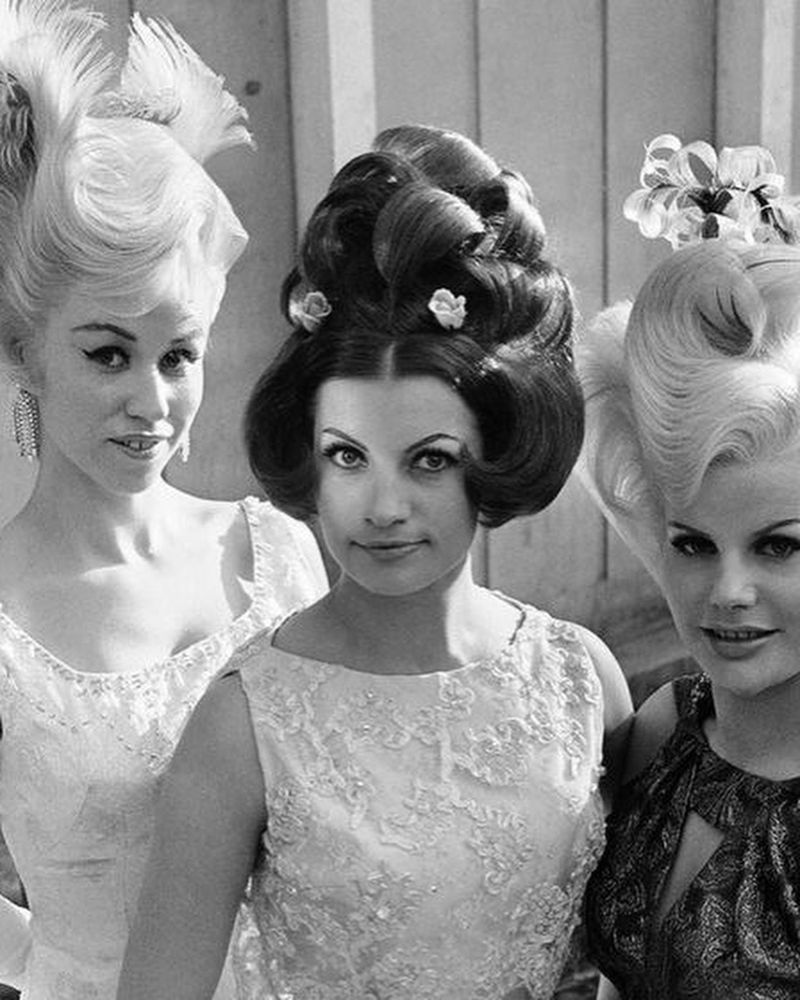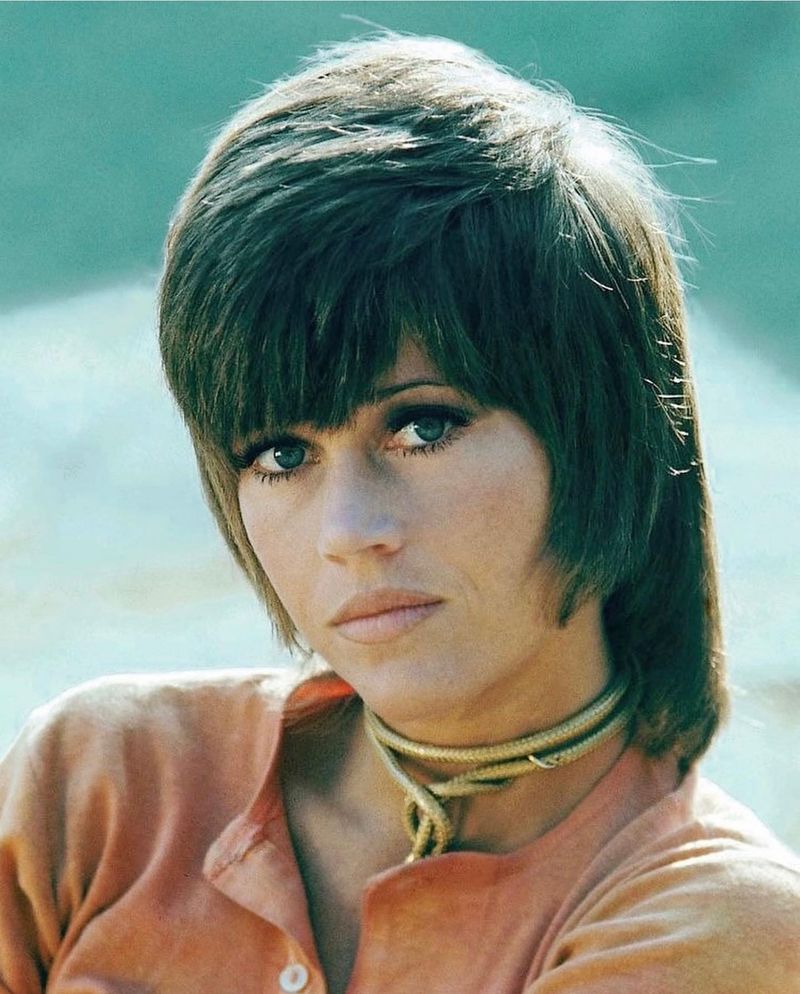Hair has always been more than just hair—it’s a snapshot of the times. From the polished waves of the ’40s to the teased bangs of the ’80s, each decade brought its own signature look. These styles didn’t just happen; they reflected what women were feeling, watching, and fighting for. Some trends vanished without a trace, while others keep popping back up with a modern twist. Looking back at these iconic hairstyles is like flipping through a photo album of history. And whether we love them or laugh at them, they all left their mark.
1940s Victory Rolls

With the world at war, the 1940s Victory Rolls hairstyle emerged as a beacon of femininity and strength. This style, characterized by its rolled curls, was both practical and glamorous. It allowed women to keep their hair neat while donning factory uniforms or attending swing dances. Today, Victory Rolls are often seen at retro-themed parties and vintage fashion events. They symbolize an era of resilience and adaptability, continuing to captivate hairstylists and enthusiasts alike.
1950s Poodle Cut

The Poodle Cut of the 1950s was the epitome of chic sophistication. Popularized by stars like Lucille Ball, this tightly curled style framed the face with a playful yet elegant touch. It was a departure from the previous decade’s reserved styles, embodying the spirit of joy and prosperity post-war. Today, the Poodle Cut is often revived in fashion shows and retro revivals, celebrated for its unique charm and timeless appeal.
1960s Beehive

Sky-high and voluminous, the Beehive took the 1960s by storm. Inspired by architectural designs, this hairstyle was a symbol of boldness and creativity. Worn by icons like Audrey Hepburn, it became synonymous with the era’s fashion-forward mentality. The Beehive remains a beloved style for themed parties and period films, offering a glimpse into a time when bigger was truly better.
1970s Shag Cut

The 1970s Shag Cut was all about effortless cool. With its layered, feathered texture, it became a symbol of rebellion and freedom. Rock stars like Mick Jagger and David Bowie popularized this look, inspiring a generation to embrace their individuality. Today, the Shag Cut is making a comeback, celebrated for its versatility and edgy appeal, often seen on runways and in street fashion.
1980s Mullet

Love it or loathe it, the Mullet of the 1980s was unapologetically bold. Business in the front, party in the back, this style defied norms and became a cultural phenomenon. Associated with rock stars and country singers, it represented a carefree, rebellious attitude. Today, the Mullet has seen a resurgence, embraced by those looking to make a statement with their hair, proving that some styles never truly fade away.
1990s Grunge Hair

The 1990s Grunge Hair was a testament to the era’s laid-back, anti-establishment ethos. Messy, tousled, and often dyed in unconventional colors, it was the antithesis of polished perfection. Inspired by bands like Nirvana, it reflected a desire to break away from conformity. Today, Grunge Hair continues to influence alternative fashion, with its casual coolness appealing to those who dare to be different.
